Art education plays a crucial role in the development and growth of individuals, as well as society as a whole.
Creativity and Self-Expression: Art education encourages creativity, imagination, and self-expression. It provides individuals with the freedom to explore different mediums, techniques, and ideas, allowing them to communicate their thoughts, feelings, and experiences visually. This fosters personal growth, self-awareness, and the development of unique perspectives.
Critical Thinking and Problem-Solving: Art education promotes critical thinking skills by encouraging students to analyze, interpret, and make informed decisions about their artwork. It teaches them to observe, evaluate, and experiment with different artistic approaches, which can be applied to problem-solving in various areas of life.
Emotional and Psychological Well-being: Engaging in art, can have therapeutic benefits. Art education offers a safe and supportive environment for students to express their emotions, reduce stress, and explore their inner selves. It can help improve mental health, boost self-esteem, and develop resilience.
Cultural Awareness and Diversity: Art education exposes students to diverse artistic traditions, cultures, and perspectives from different time periods and regions. This cultivates an appreciation for cultural diversity and encourages empathy and understanding. It also helps students develop a sense of their own cultural identity and heritage.
Visual Literacy and Communication Skills: Art education enhances visual literacy by teaching students to interpret and analyze visual information effectively. It enables them to understand and appreciate various forms of visual communication, such as paintings, sculptures, photography, and design. Moreover, art education helps students develop the skills to effectively communicate their ideas visually, which can be valuable in many professional fields.
Collaboration and Teamwork: Art education often involves collaborative projects and group critiques, fostering teamwork, cooperation, and communication skills. Students learn to listen to and respect diverse perspectives, provide constructive feedback, and work together to achieve common artistic goals.
Transdisciplinary Connections: Art education integrates with other disciplines, such as science, math, history, and literature. It provides opportunities for cross-curricular learning, enabling students to make connections between different subjects, enhance their understanding, and develop a holistic approach to knowledge.
Innovation and Entrepreneurship: Art education nurtures innovation and entrepreneurial thinking. It encourages students to think outside the box, take risks, and explore unconventional ideas. These qualities are highly valuable in today’s rapidly changing world and can contribute to the development of creative industries and entrepreneurship.
Overall, art education promotes personal, social, and intellectual development. It enhances creativity, critical thinking, emotional well-being, cultural awareness, communication skills, collaboration, and innovation. These skills and qualities are essential for individuals to thrive in an increasingly complex and interconnected world.
All rights reserved. ©Kunal Motling
No part of this blog may be reproduced, stored in a retrieval system, or transmitted in any form or by any means, electronic, mechanical, photocopying, recording, or otherwise, without written permission from the author.
The opinions expressed in this blog are those of the author(s) and do not reflect the opinions of Rangabhasha or its Director(s), Member(s).



It is prfect time to make some plans for thee future and it is time to be happy.
I’ve ead this post and if I could I wish to sugest
you some interestjng things or advice. Maybe youu could write next articles
referring to this article. I desire to read more things about it! https://www.waste-ndc.pro/community/profile/tressa79906983/
I feel this iss among the most significant info for me. And i am satisfied studying your article.
But wanna remark on some general things, The web site tastte is ideal, tthe
articles is truly excellent : D. Just right task,
cheers https://www.Waste-ndc.pro/community/profile/tressa79906983/